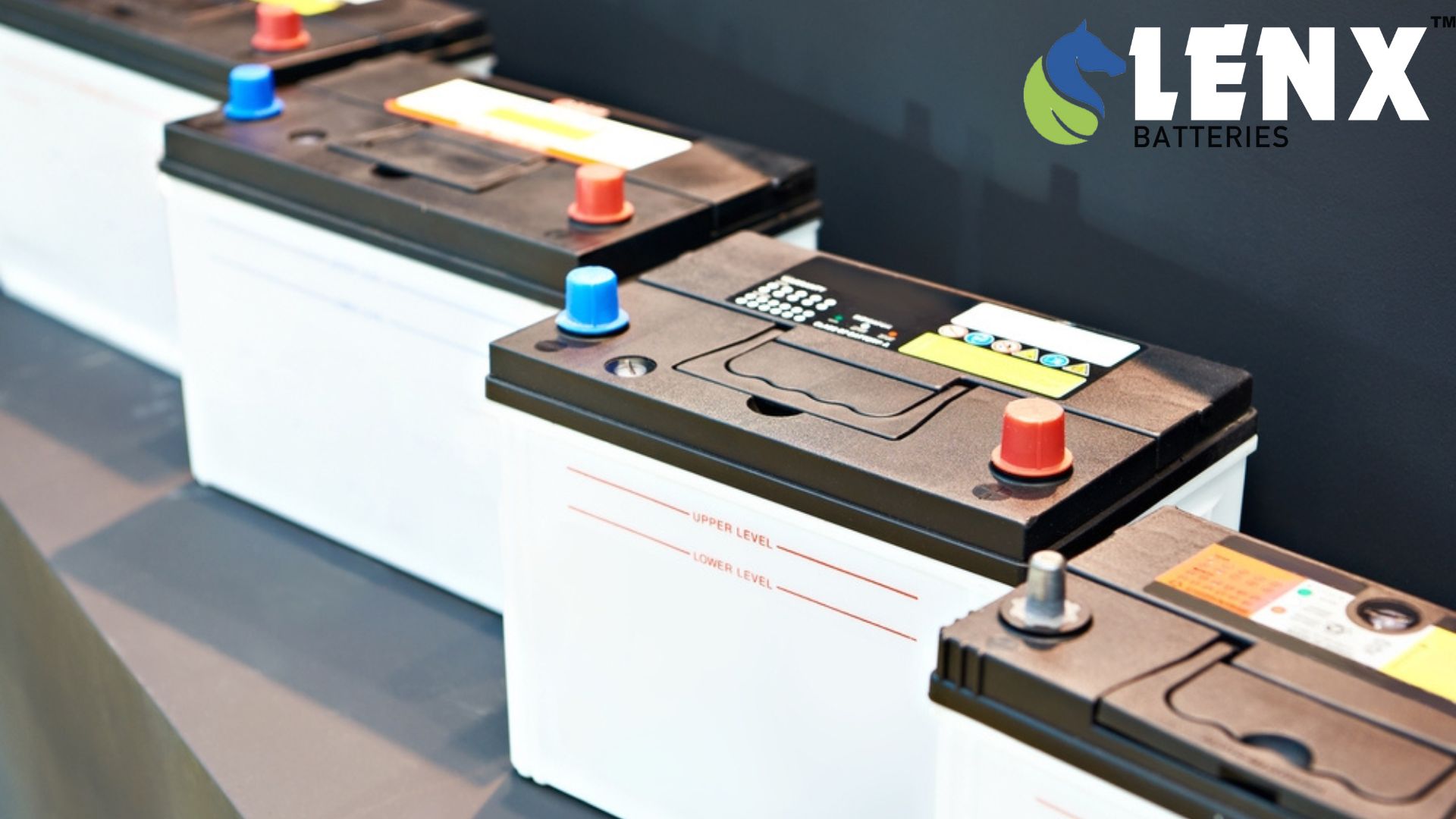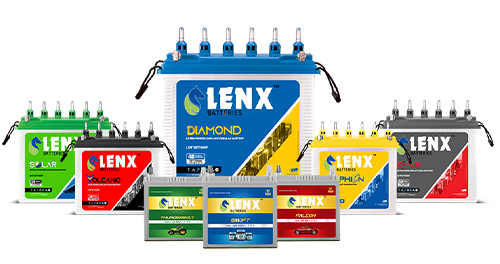When it comes to ensuring uninterrupted power supply in your home or office, choosing the right inverter battery is crucial. The battery is the backbone of an inverter system, determining its efficiency, longevity, and performance. As a trusted inverter battery manufacturer in Bangalore, Lenx Battery is here to guide you in making the best choice for your power backup needs.
Understand Your Power Requirements
The first step in selecting the right inverter battery is understanding your power requirements. Evaluate the total wattage of the appliances you want to run during a power outage. This helps determine the battery capacity (measured in ampere-hours or Ah) you need.
For instance, if you need to power a fan (70W), a light (30W), and a television (100W) for three hours, the total power requirement is:
(70 + 30 + 100) x 3 = 600 watt-hours.
Choosing a battery with adequate capacity ensures a seamless power backup experience.
Choose the Right Battery Type
Inverter batteries come in different types, each suited for specific needs.
- Flat Plate Batteries: Ideal for areas with frequent but short power outages, these are lightweight and budget-friendly.
- Tubular Batteries: Known for their long life and durability, tubular batteries are suitable for areas with prolonged power cuts.
- Gel Batteries: Maintenance-free and eco-friendly, these are perfect for homes and offices with minimal ventilation.
Lenx Battery, as a leading inverter battery manufacturer in Bangalore, offers a wide range of battery types tailored to meet diverse requirements.
Check for Durability and Longevity
Investing in a durable and long-lasting battery is essential to maximize value. Look for batteries made with high-quality materials, capable of withstanding deep discharge cycles and offering consistent performance over time. Lenx Battery’s products are engineered with advanced technology to deliver unmatched durability.
Consider Maintenance Requirements
While all batteries require some level of maintenance, tubular and gel batteries are easier to manage compared to flat plate batteries. Regularly check water levels, clean terminals, and ensure proper ventilation for optimal performance. If you prefer a hassle-free experience, consider low-maintenance options like gel batteries.
Focus on Brand Reputation
The manufacturer you choose plays a significant role in the quality of your inverter battery. Opt for a reliable brand with a proven track record of delivering reliable and efficient products. As a trusted inverter battery manufacturer in Bangalore, Lenx Battery is known for its commitment to quality, innovation, and customer satisfaction.
Check Warranty and After-Sales Support
A good warranty period and robust after-sales service are indicators of a reliable product. Ensure the battery you choose is backed by a comprehensive warranty and accessible customer support to address any concerns.
Conclusion
Selecting the right inverter battery involves understanding your needs, evaluating battery types, and prioritizing quality and reliability. With Lenx Battery, you can trust that you’re choosing a product from a reliable inverter battery manufacturer in Bangalore, backed by years of expertise and innovation.
Make the smart choice today—opt for Lenx Battery and enjoy uninterrupted power with confidence!



